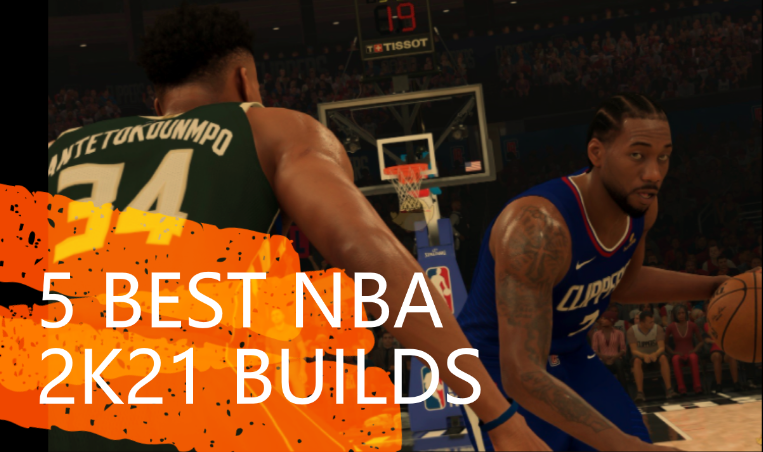

With the pie chart selected, there essentially isn’t one area of weakness for this build. Choosing your physical profileįor the physical profile, go with the balanced pie chart shown in the photo above.įor this particular build, the aim is to be well-balanced in all major categories. Lastly, the defensive ratings (lateral quickness, interior defense, perimeter defense, and steal) allow this player to be able to defend both interior and perimeter threats on the court effectively. With this setup, your player already has a solid foundation to be a decent shooter and rebounder, along with excellent finishing ability around the rim. Besides that, it will have playmaking abilities in the 70s, which is decent for a small forward. The majority of your player’s attribute ratings are somewhere in the 70 to 75 range, which is considered to be above-average for the position. So, once fully upgraded, this player can be a legitimate shooter and finisher. Attribute-wise, it also has rather decent ratings for its secondary attributes in playmaking and defense.Īs we can see in the picture above, and unlike with other builds in the game, there isn’t a glaring weakness in any of the four major areas. Choosing your pie chartįor the skills breakdown pie chart, you should go with the green and blue pie chart. To start things off, your player will have the ability to equip Hall of Fame badges for finishing and shooting.

Therefore, choosing SF will usually give you a speed advantage against the other team’s bigs, along with some size advantage against smaller guards.Īs we will see later, your player’s attribute ratings somewhat captures the best of both worlds, enabling the build to hold its own against the majority of opponents that you will face in 2K. Since small forwards are not the most popular build of choice in the 2K community, you will often be matched up against guards or power forwards. Firstly, it gives you team versatility in terms of positional matchups. The first step here is to choose small forward as your build’s position. Choosing a small forward has several benefits.
#Best nba 2k21 build how to#
So, here’s how to go about creating the best versatile all-round wing in NBA 2K21. Finally, you’ll have the badge and attribute ratings to be one of the team’s main scoring options.It’ll give you the ability to guard multiple positions from the two to the four.It’s also faster than most bigs, having the speed to keep up with most shooting guards.The build can be used as a team’s point forward and be the primary playmaker.It has a good enough shot rating to play in a “3-and-D” role.The build has the agility, lateral quickness, and perimeter defense to guard smaller guards in the 6’3’’ to 6’6’’.You’ll have the strength and size to defend bigger players, particularly those in the 6’8’’ to 6’11’’ range.You’ll have the attributes and badges to be a reliable finisher at the rim.Here are the key highlights for this build:

Overall, it doesn’t have any major weakness and has above-average skills in all of the major categories, and can complement several different types of teammates.Īdditionally, it has the ability to play and guard multiple positions, giving teams the flexibility to run very different lineups across the different game modes. Whether in comp, 2v2, or casual park games, it is often hard to find teammates that complement each other well essentially, this is one of the rare builds in 2K that does just that. This gives you the versatility to adopt different roles on different teams. In NBA 2K21, being well-rounded is a valuable asset to have for most players. Why create the well-rounded wing build in NBA 2K21 NBA Player Comparison: John Havlicek, Gordon Hayward, T.J Warren.Secondary Skill: Defense and Playmaking.How to build the best Wing Build in NBA 2K21 Best wingspan for a well-rounded small forward Best weight for a well-rounded small forward Setting your potential to maximize primary skills


 0 kommentar(er)
0 kommentar(er)
